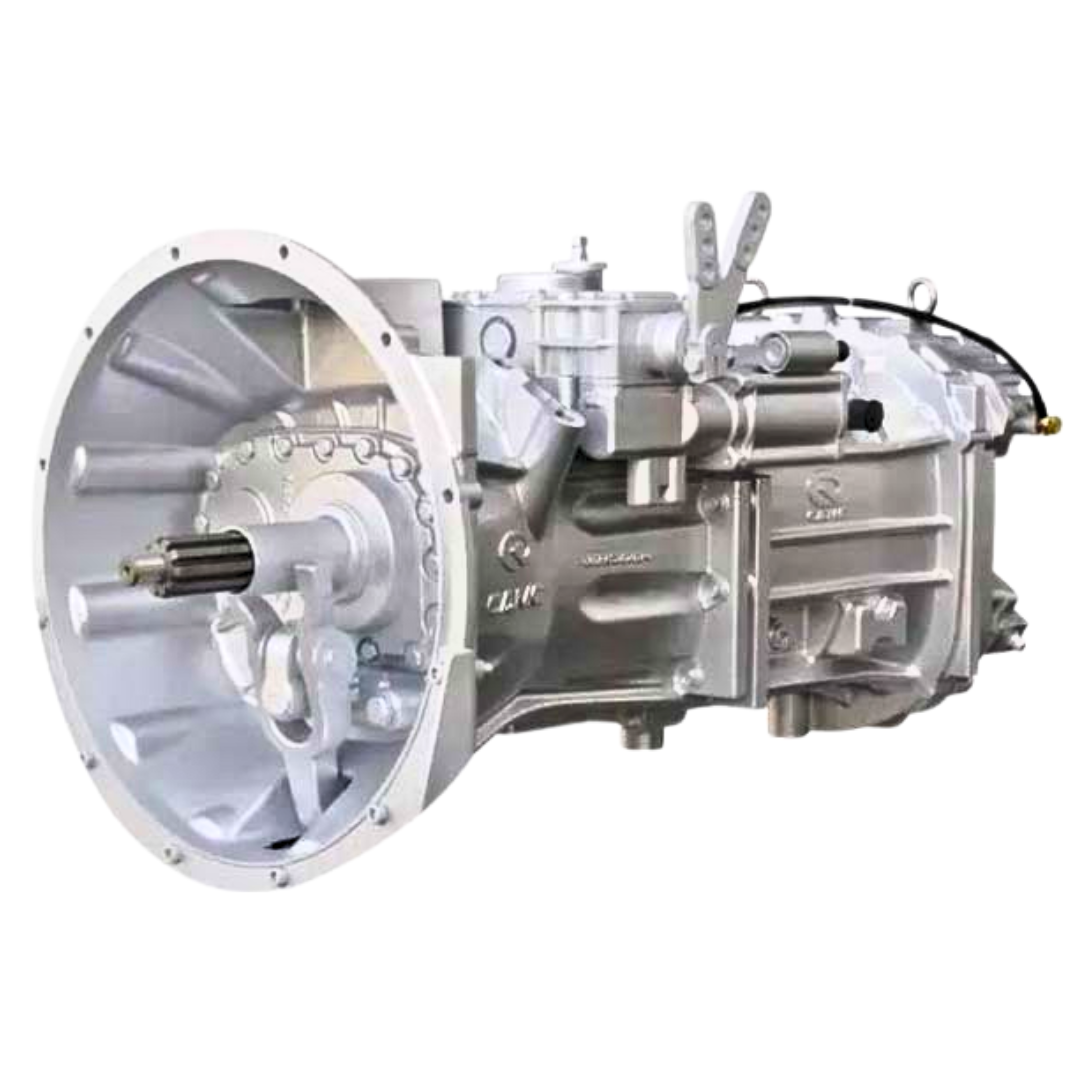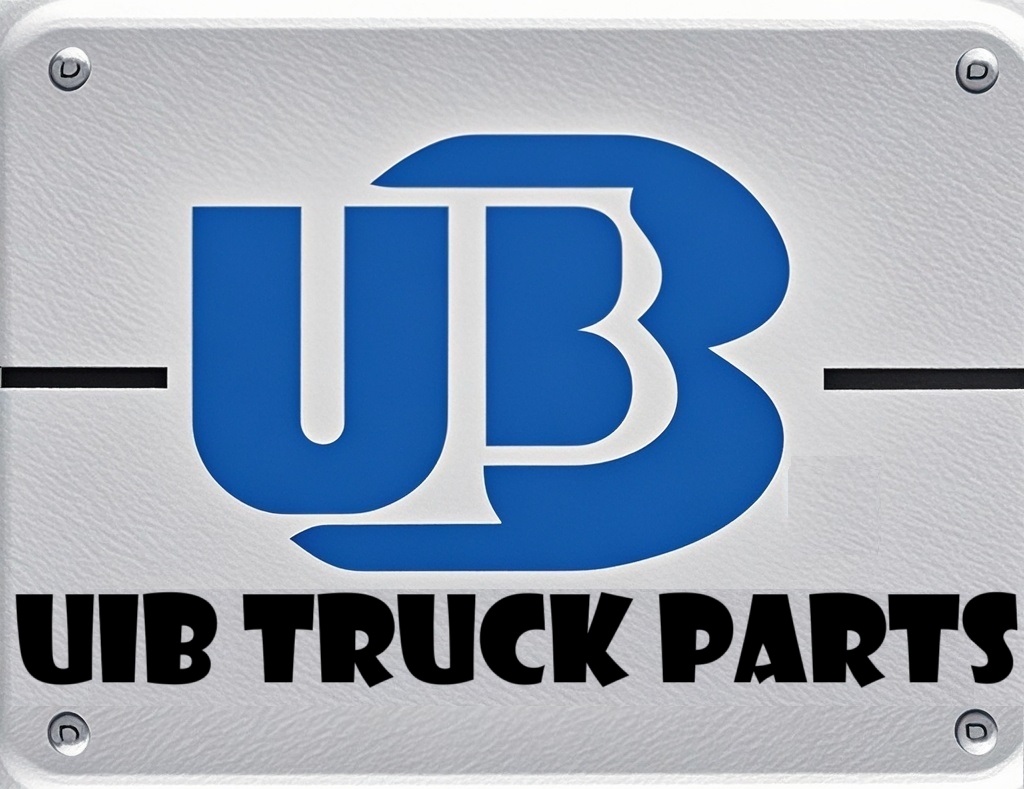About Us
Do you understand the production technology and performance characteristics of truck suspension?
Views : 29
Update time : 2025-06-18 10:11:59
In-Depth Analysis: Precision Production and Outstanding Performance of Truck Suspensions
The core secrets behind the smooth and efficient operation of trucks lie in the precise design and manufacturing of their suspension systems. Today, from a professional perspective, let's explore the production processes and performance advantages of truck suspensions.
I. Precision Manufacturing Throughout the Entire Process to Ensure Quality Foundation
1. Selection of High-Performance Raw Materials
High-strength alloy steels are used for core suspension components. For example, the steel for springs must meet the requirements of GB/T 1222-2022 standard, with a tensile strength of ≥1800MPa and excellent fatigue life. Rubber products adopt a composite formula of natural rubber and nitrile-butadiene rubber (NBR), and pass the tests according to ISO 13269 standard, ensuring anti-aging and wear-resistant properties.
2. High-Precision Component Processing
- Forming Processes: Laser cutting technology is applied to achieve an accuracy level of ±0.1mm. After being processed by CNC spring coiling machines, springs undergo quenching and tempering treatments, reaching a hardness of HRC42-48, which enhances their mechanical properties.
- Welding Techniques: Robotic MIG welding processes are used for key components, combined with visual weld tracking systems. After welding, ultrasonic testing (UT) and X-ray testing (RT) are conducted to ensure Grade I weld standards.
3. Systematic Assembly and Inspection
Automated assembly lines are employed, and key bolt tightening is controlled by electric torque wrenches with an accuracy of ±3%. After assembly, a four-channel road simulation test bench is used to perform 200,000 fatigue tests according to the ECE R55 standard, ensuring the system's reliability.
II. Core Performance Advantages Enabling Efficient Transportation
1. Heavy-Load Bearing Technologies
Through variable cross-section design and stress optimization, multi-leaf spring suspensions can achieve a single-axle load capacity of up to 13 tons, with a maximum load-bearing capacity of up to 28 tons. Air suspension systems are equipped with ECAS (Electronic Controlled Air Suspension), enabling height adjustment within ±50mm, effectively balancing axle load distribution.
2. Dynamic Driving Stability
Double-acting telescopic shock absorbers, combined with hydraulic valve systems, can attenuate more than 90% of road impacts within 0.3 seconds. Anti-roll bars made of high-modulus spring steel increase roll stiffness by 40%, ensuring safety during cornering.
3. Adaptability to Complex Working Conditions
Intelligent suspension systems integrate Inertial Measurement Units (IMU) to perceive road conditions in real time. Through Continuously Damping Control (CDC) technology, when driving on unpaved roads, the fluctuation of tire ground pressure is reduced by 65%, improving trafficability and reliability.
After learning about these hardcore technologies, do you have a new understanding of truck suspension systems? Feel free to share your thoughts in the comments section or discuss more commercial vehicle technology topics!
相关新闻
 A Comprehensive Guide to Trucks: From Classification to Future Development
A Comprehensive Guide to Trucks: From Classification to Future Development
Jun 26,2025
Truck Classification Technical Characteristics Application Scenarios Industry Trends
 Comprehensive Guide to Automotive Tail Lights: From Working Principles to Maintenance
Comprehensive Guide to Automotive Tail Lights: From Working Principles to Maintenance
Jun 26,2025
Working Principles of Truck Tail Lights Types/Categories Maintenance Replacement Cycle
 Truck Gearboxes: The "Powerful Heart" Determining Transportation Efficiency – A Comprehensive Guide to Selection and Maintenance
Truck Gearboxes: The "Powerful Heart" Determining Transportation Efficiency – A Comprehensive Guide to Selection and Maintenance
Jun 26,2025
Three Types of Gearboxes Usage Scenarios Maintenance and Upkeep

